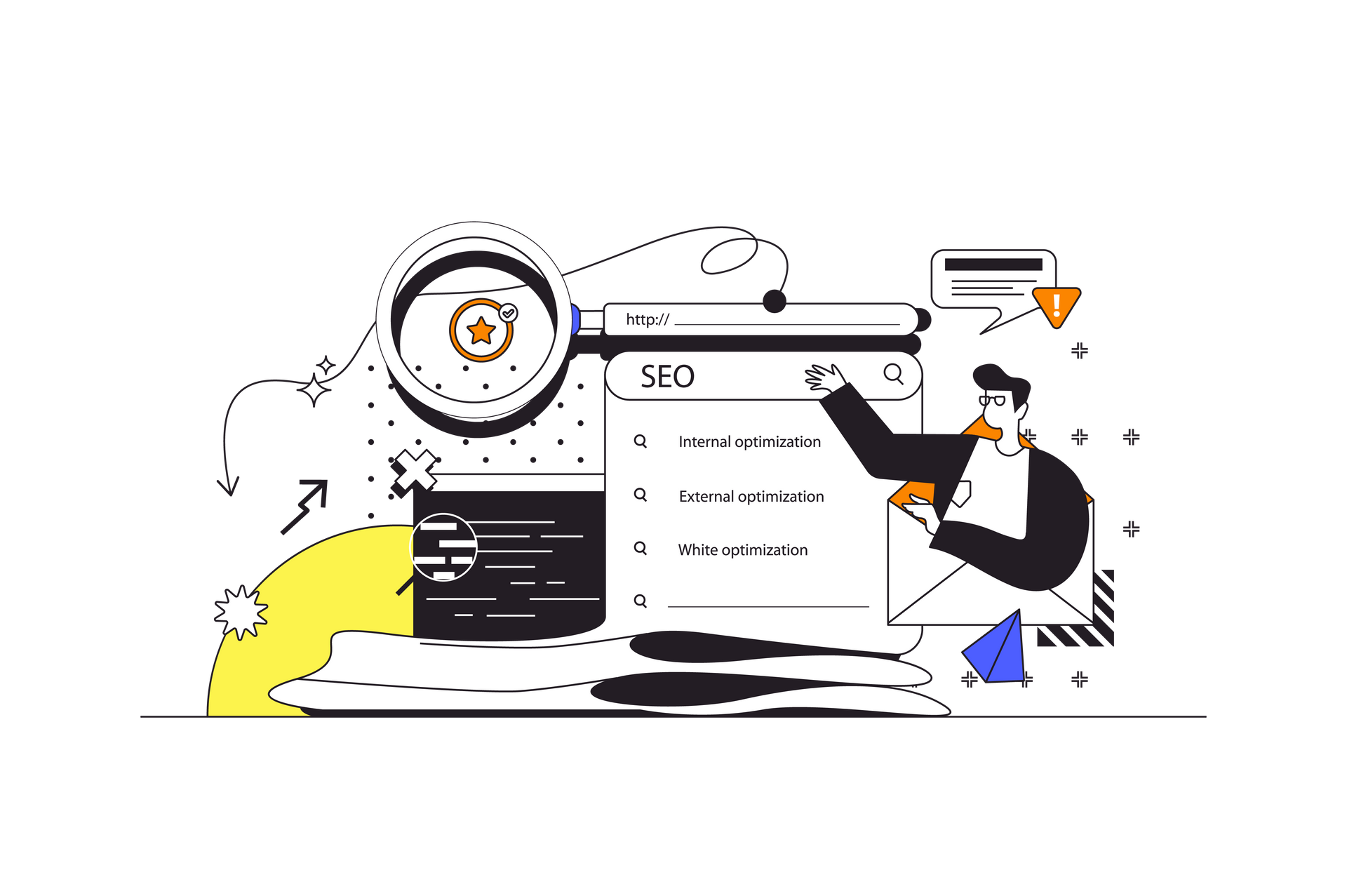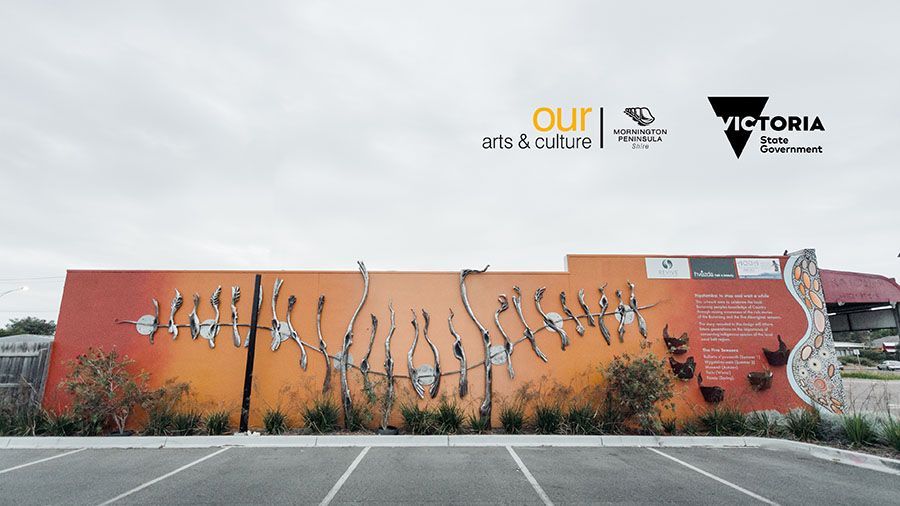Beginner's Guide to SEO for Small Business

Introduction to SEO: What It Is and Why It Matters
Search Engine Optimisation (SEO) is a vital tool for any small business looking to increase its visibility online. In simple terms, SEO is the practice of enhancing your website and online content to make it more attractive to search engines like Google. The goal? To get your website to appear higher up in the search results when potential customers are looking for services or products you offer.
For small businesses, including tradespeople, local retailers, and cafes, SEO can be a game-changer. It helps level the playing field against larger competitors by making your business more discoverable to local consumers. When someone in your area searches for a service you provide, well-implemented SEO ensures your business pops up prominently, increasing the likelihood of new customer visits both online and in person.
Understanding Keywords: The First Step in SEO
Keywords are phrases that people type into search engines when they are looking for something. For a small business, identifying the right keywords is crucial because it connects you to your potential customers. For instance, if you run a plumbing service in Sydney, relevant keywords could include "emergency plumber Sydney" or "best plumbing service near me".
To start, think about what services or products you offer and how your customers might search for them. Tools like Google's Keyword Planner can help you find keywords that are not only relevant but also frequently searched. Once you have your list of keywords, the next step is to incorporate them naturally into your website’s content, such as your homepage, about us page, and service descriptions. This makes your site more relevant to those searches, which can improve your visibility on search engines.
Optimising Your Website: Simple Changes That Make a Big Difference
Optimising your website involves making sure it's not only full of relevant content but also structured and formatted in a way that search engines understand and appreciate. Here are a few simple but effective changes you can make:
- Mobile-Friendly Design: With more people using smartphones to browse the internet, having a mobile-friendly website is crucial. This means your site should look good and function well on mobile devices, not just desktop computers.
- Fast Loading Times: Websites that load quickly are favored by search engines and users alike. Compress images, streamline code, and consider switching to a faster hosting service if necessary.
- Easy Navigation: Organise your site’s layout so visitors can find what they need without hassle. A clear menu, well-defined categories, and a search bar can significantly enhance user experience.
- Secure Your Site: Make sure your website uses HTTPS encryption. This not only secures user data but is also a factor that search engines consider when ranking sites.
Implementing these changes can significantly improve your site’s potential to rank higher in search results. Start with one or two improvements, and gradually work your way through the list to make your site as search engine-friendly as possible.
Content is King: Creating Valuable Content for Your Audience
In the world of SEO, content truly is king. High-quality, engaging content not only attracts more visitors to your site but also encourages them to stay longer, which can positively influence your search engine rankings. Here’s how you can create content that both your audience and search engines will love:
- Understand Your Audience: Know what your customers are interested in and what problems they are looking to solve. For instance, a café might post blogs about coffee brewing techniques or reviews of their new menu items.
- Use Keywords Naturally: Once you've identified your keywords, integrate them into your content naturally. Avoid overstuffing your articles with keywords as it can make your content difficult to read and may be penalised by search engines.
- Regular Updates: Keep your content fresh and updated. Regularly posting new articles, updates, and news can keep your site dynamic and engaging for both new and returning customers.
- Multimedia Elements: Incorporate images, videos, and infographics to make your content more engaging and shareable. These elements can also be optimised for SEO with the right tags and descriptions.
-
Creating valuable content is not just about filling your website with words; it’s about providing useful information that serves the needs of your visitors, making them more likely to return or recommend your site to others.
Social Media and SEO: Leveraging Platforms for Better Visibility
Social media doesn’t directly influence your SEO rankings, but it can significantly amplify the reach of your content and increase your website's visibility. Here’s how you can use social media to support your SEO efforts:
- Increase Brand Awareness: Consistent posting on social media helps keep your brand top of mind for your followers. This increased awareness often translates to more searches for your business, which can help improve your search engine rankings.
- Drive Traffic to Your Website: By sharing links to your website’s content, you can drive more traffic directly from social media. More traffic can signal to search engines that your website is valuable, potentially boosting your rankings.
- Engage with Your Community: Social media is a great platform for interacting directly with your audience. Respond to comments, participate in conversations, and gather feedback to enhance customer engagement and satisfaction.
- Share Local Content: For small businesses, local engagement is crucial. Share local news, participate in or sponsor local events, and engage with other local businesses. This can increase your local relevance, which is beneficial for local SEO.
Utilising social media effectively creates additional pathways for people to find your business, which indirectly enhances your SEO efforts by increasing traffic and engagement.

Local SEO: Getting Noticed in Your Community
Local SEO is a strategy that helps your business become more visible in local search results on Google. It is particularly important for tradespeople, local retailers, and café owners who serve a specific geographic area. Here’s how to optimize for local SEO:
- Google My Business: Register and maintain a Google My Business profile. This is a powerful tool for managing your online presence across Google, including Maps and Search. Make sure your profile is complete with up-to-date information, photos, and reviews.
- Local Keywords: Use location-specific keywords in your website content. For example, “florist in Melbourne” or “Sydney coffee shop.” This helps tell search engines exactly where your business is relevant.
- Encourage Reviews: Ask satisfied customers to leave positive reviews on your Google My Business profile and other review sites. Reviews not only improve your business’s visibility but also encourage more local customers to try your services.
- Local Link Building: Try to get links from local businesses, newspapers, or blogs. These local links can significantly boost your local search rankings because they reinforce to search engines that your business is relevant to the area.
These steps can help increase your visibility to potential customers in your local area, which is often where the majority of your clientele comes from.
Monitoring Your Progress: Tools to Track SEO Success
To understand whether your SEO efforts are paying off, it’s crucial to monitor your progress using the right tools. Here are some tools and metrics you can use to track the effectiveness of your SEO strategy:
- Google Analytics: This free tool is essential for tracking your website’s traffic. You can see how many people visit your site, where they come from, and what pages they spend the most time on.
- Google Search Console: Another free tool that helps you understand how your site appears in Google search results. It shows you what queries bring users to your site, how often your pages are clicked, and identifies any issues that might affect your ranking.
- Keyword Ranking Tools: Various online tools allow you to track how well your keywords are performing in search results. This can help you understand if your content is effectively targeted towards your desired search terms.
- Conversion Tracking: Ultimately, you want your SEO efforts to lead to tangible results, like increased sales or more customer inquiries. Set up conversion tracking in Google Analytics to measure the success of your SEO in achieving these goals.
By regularly reviewing these metrics, you can see what’s working and what isn’t, and adjust your strategies accordingly. Remember, SEO is not a one-time task but an ongoing process that needs tweaking and refining as you go.
ABN 87 158 428 936 Matt Elliott Photography Pty Ltd Trading as Untamed Productions
Untamed Productions. All Rights Reserved

Untamed Productions acknowledges the traditional owners of the land we operate on, the Bunurong people of the South-Eastern Kulin Nation. We pay our respects to Elders past, present and emerging. We recognise the resilience, strength and pride of Aboriginal and Torres Strait Islander communities. We acknowledge that sovereignty has never been ceded.






